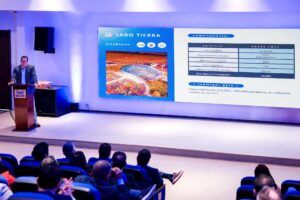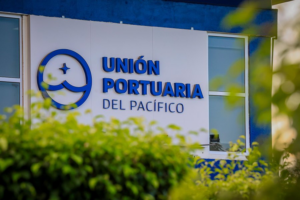The recent imposition of tariffs by the U.S. on imported products will significantly impact businesses around the world. President Trump has already announced that reciprocal charges will be levied on countries that apply them to the United States. These measures are a challenge and an opportunity for companies in Central America, Panama and the Dominican Republic. These measures generate pressures on costs, profit margins and competitiveness.
“Although the outlook presents challenges, there are key strategies to minimize the effects and maintain operational resilience”, said Carolina Palma, Indirect Tax partner and International Trade leader at EY Central America, Panama and Dominican Republic.
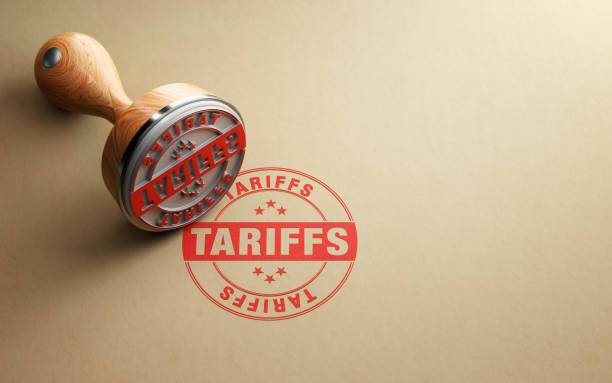
Tariffs of 25% on most products from Mexico and Canada; as well as restrictions on goods imported from China, including controls on strategic minerals and trade sanctions can generate a domino effect in Central America, Panama and the Dominican Republic, raising input costs, making logistics routes complex and reducing the competitiveness of exporters that depend on these markets for assembly and distribution, but at the same time are opportunities to redesign supply chains and bring more medium processes to local countries with proximity to the US, but that do not represent a threat to the US economy.
For the EY specialist, companies can still adopt effective solutions to “navigate this new commercial reality”. Some immediate actions to protect their market position and optimize the supply chain are:
- Cost optimization and pricing structure: implement operational efficiency strategies and renegotiate contracts to mitigate the impact on profitability.
- Customs management and tariff classification: Review product classifications and origin to take advantage of preferential treatment where possible.
- Maximize fiscal and logistical benefits by reconfiguring supply chains.
- Leverage nearshoring: Evaluate partial relocation of operations to improve access to key markets and reduce logistics costs.
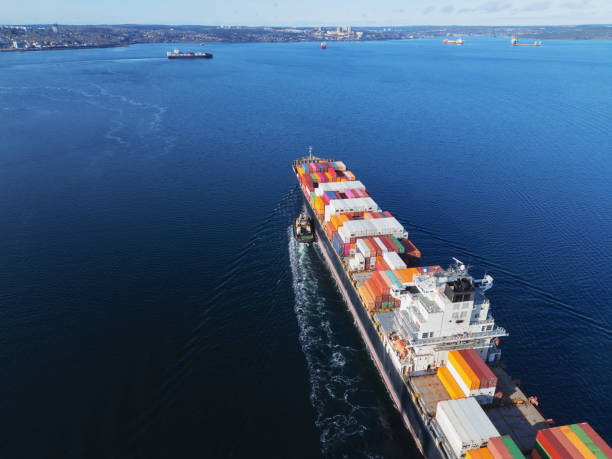
Transforming challenges into opportunities
“While the new tariffs pose challenges for companies in the region, they also present an opportunity to strengthen their operations through innovative strategies and an agile approach to decision-making”, said EY’s International Trade Lead Partner.
The time to act is now. A rapid and structured impact assessment will help minimize risks and capture opportunities in a changing trade environment”, said Palma.
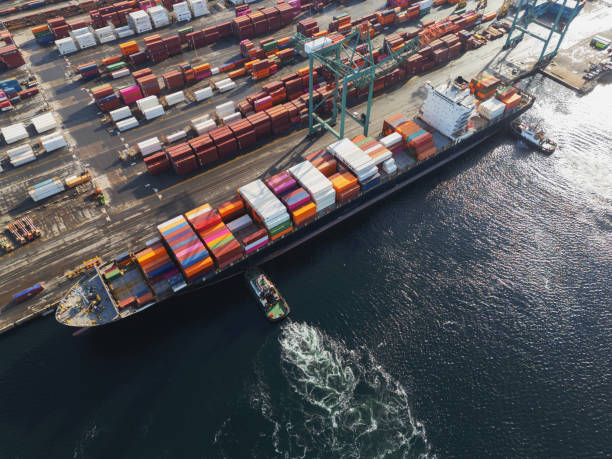
With its global network of trade, supply chain and tax strategy experts, EY is supporting companies in the region to reconfigure their business models, identify customs and tax solutions, and develop customized action plans that will enable them to remain competitive in a highly volatile environment.
Read our economic tips





